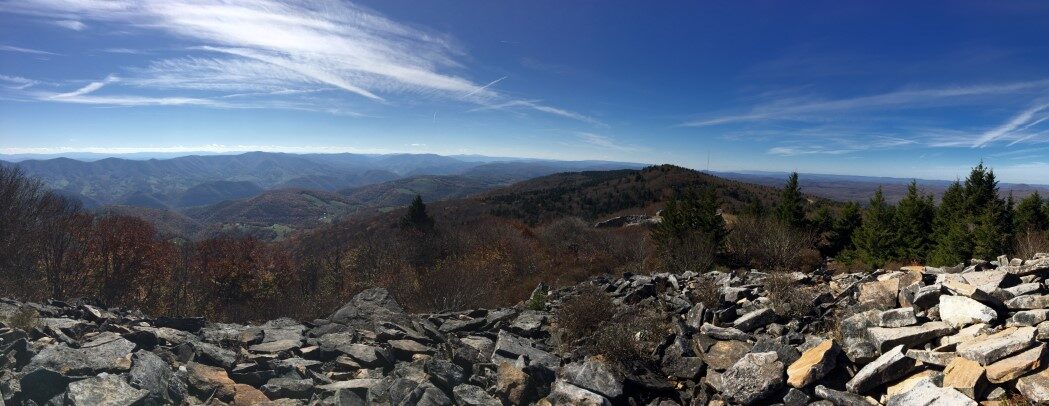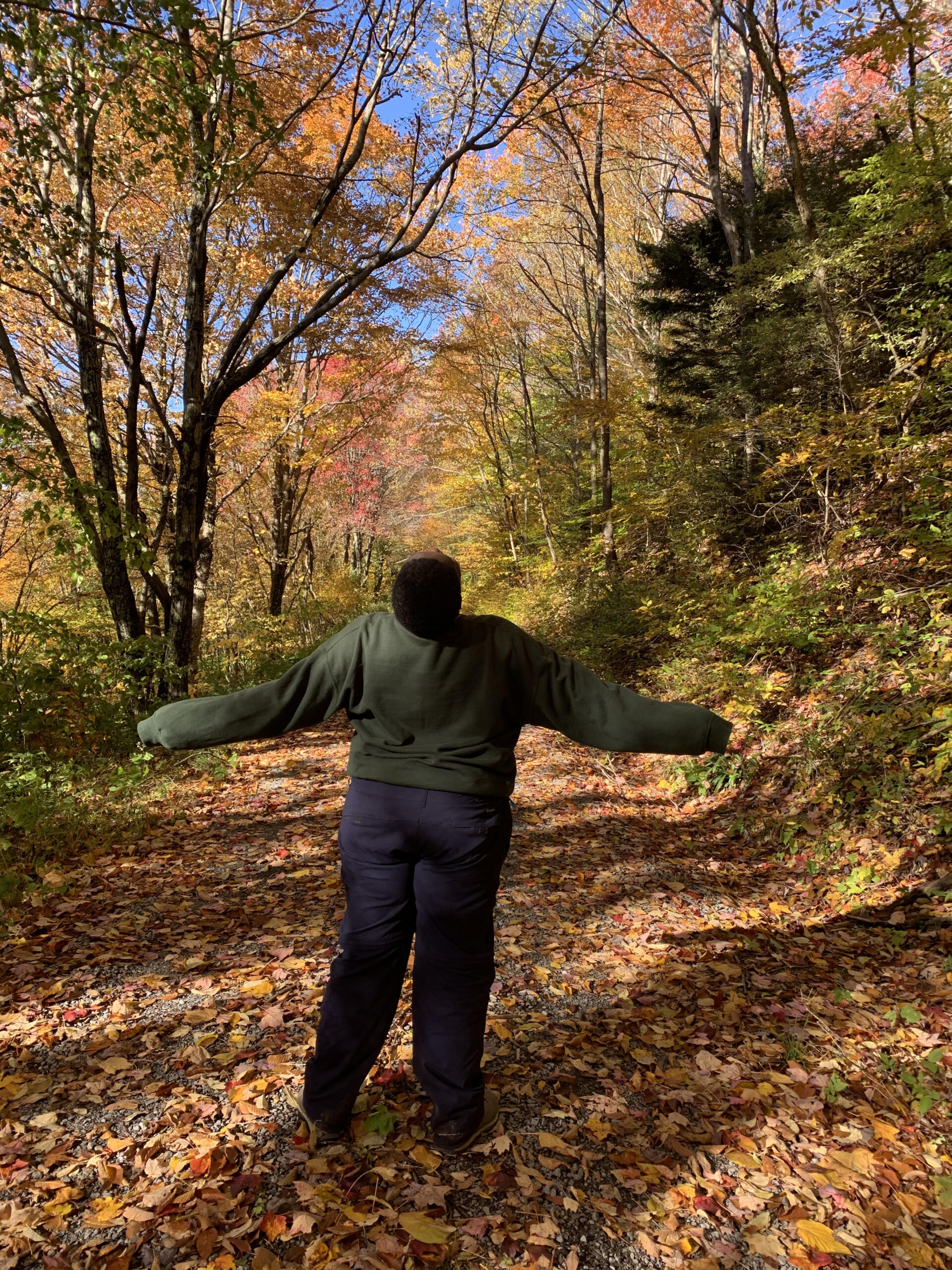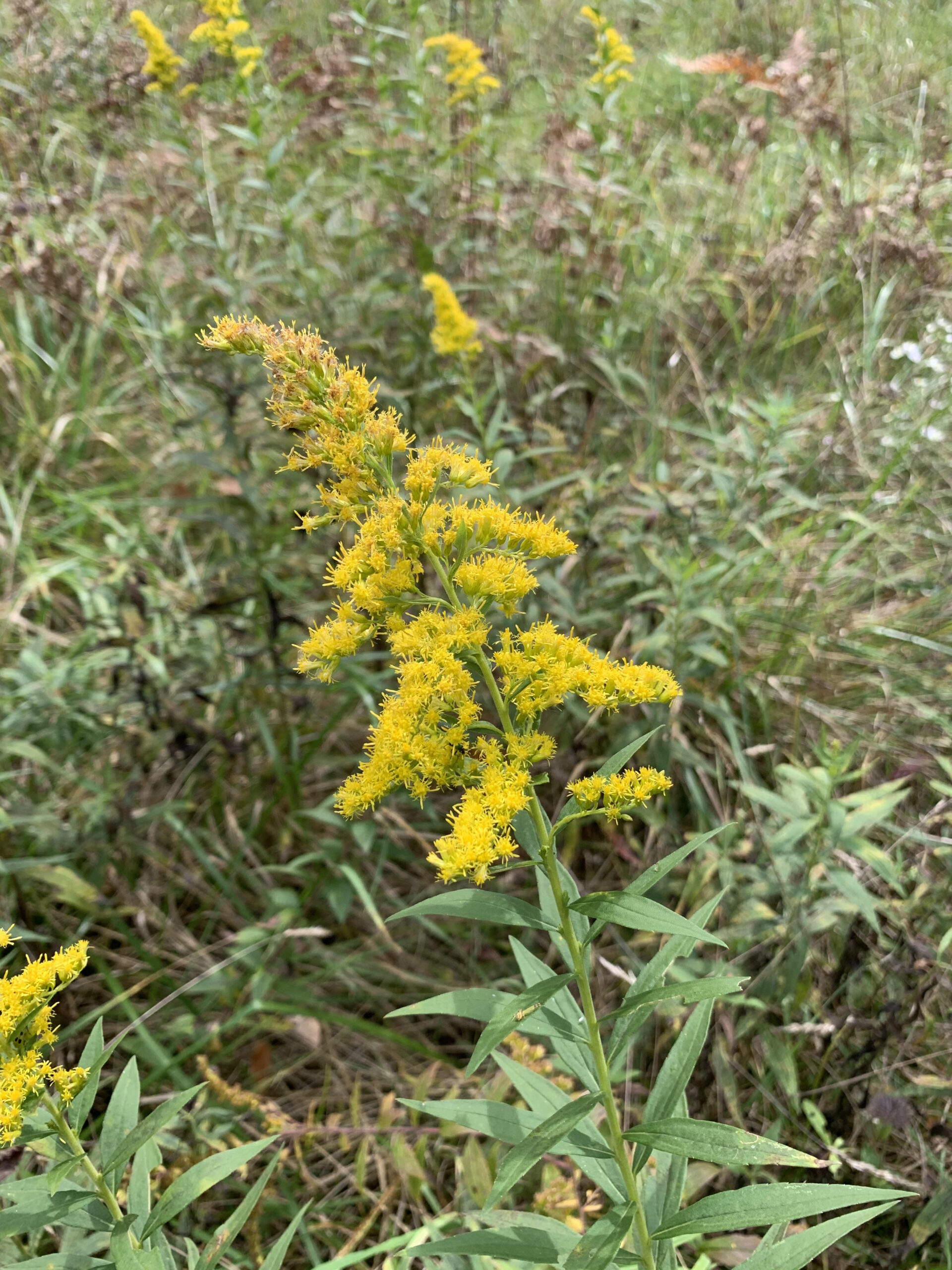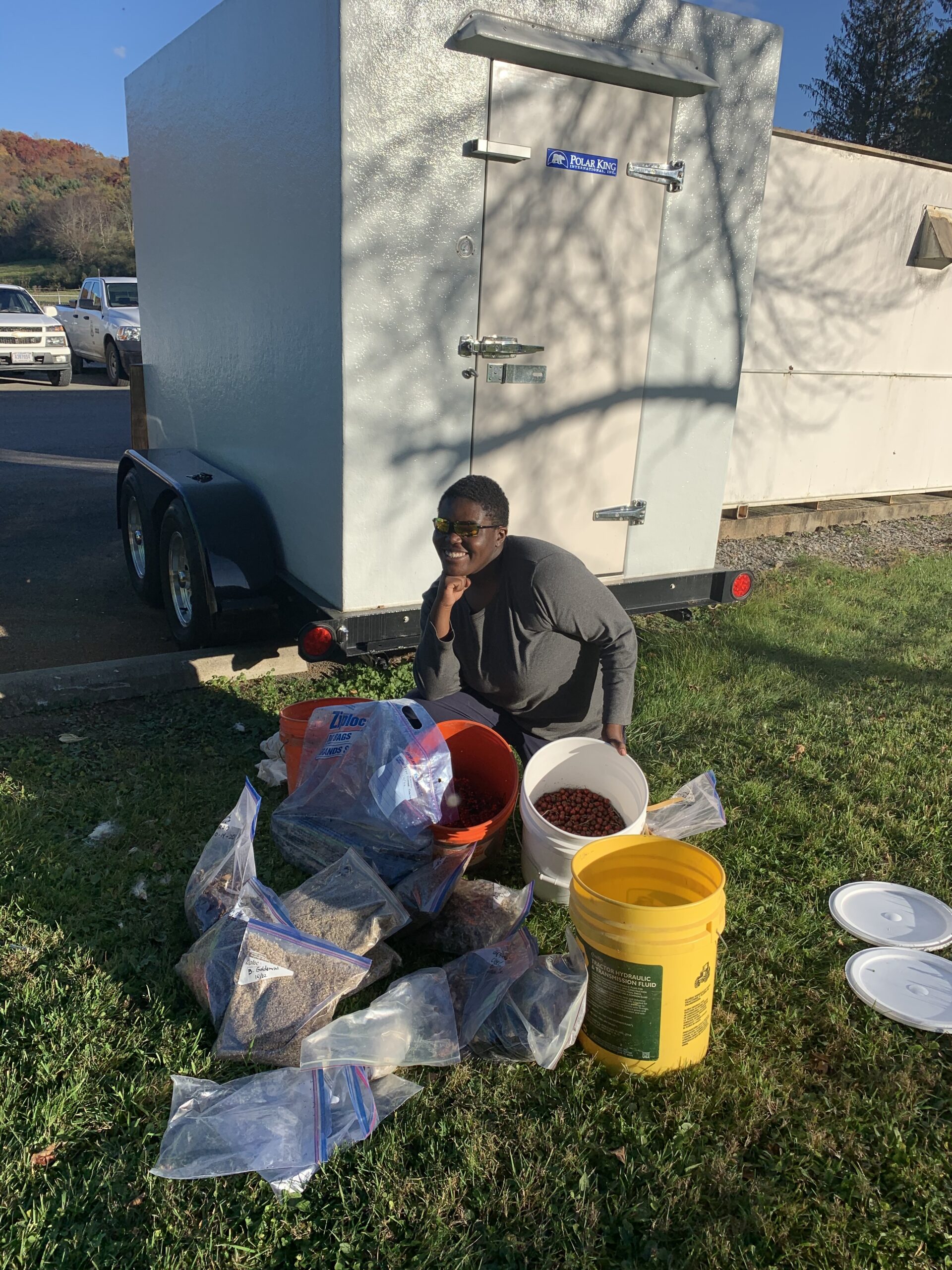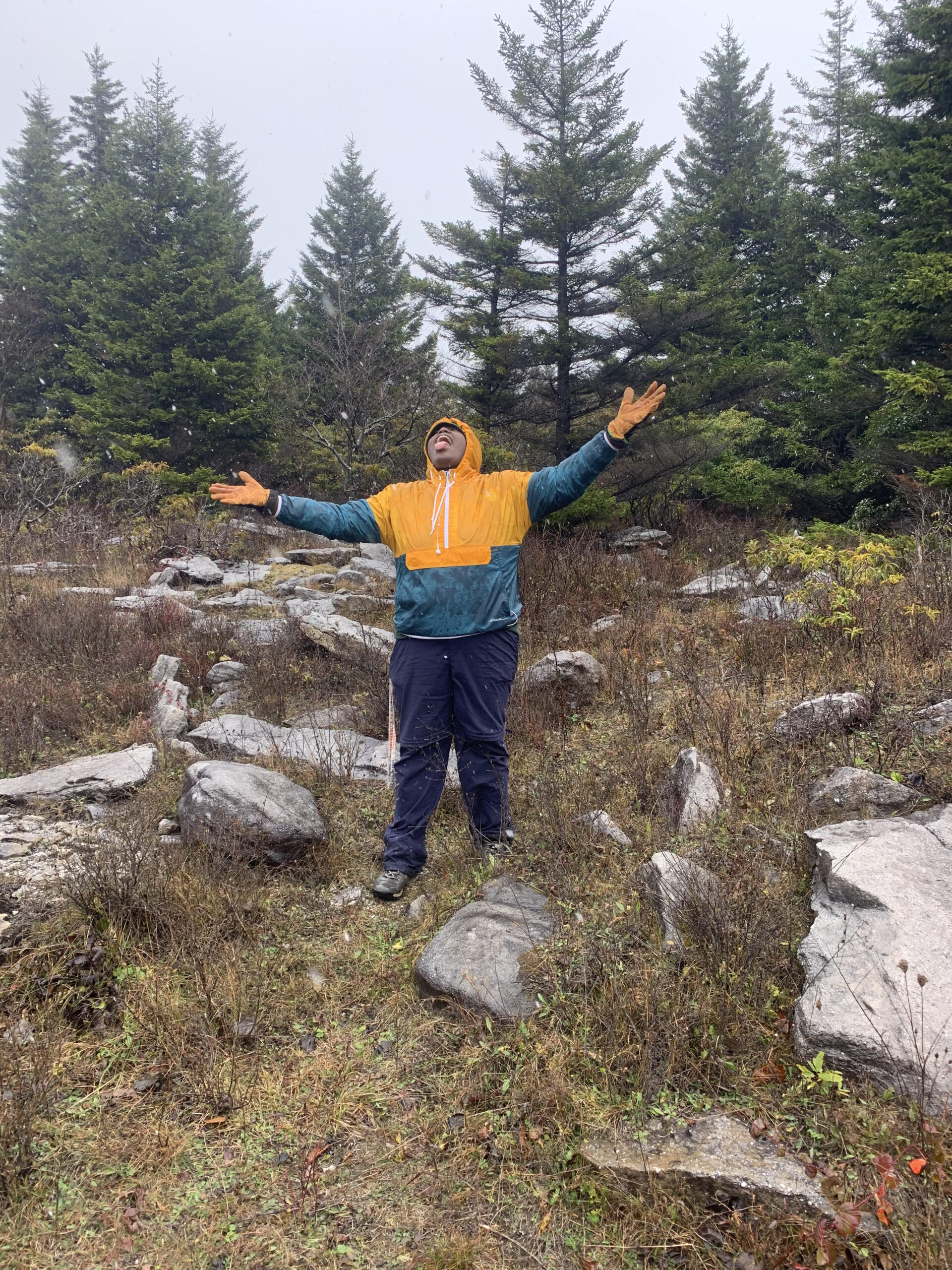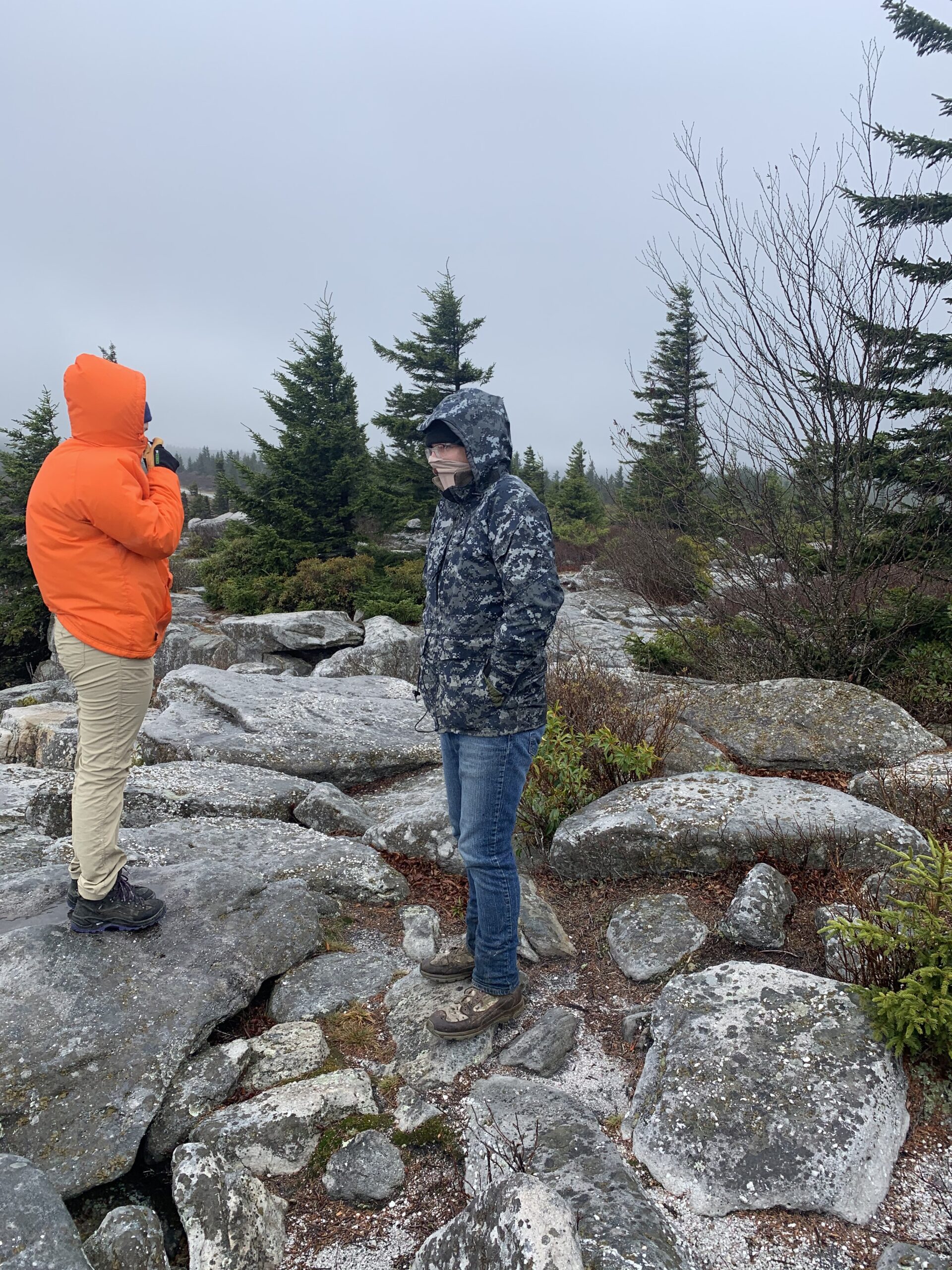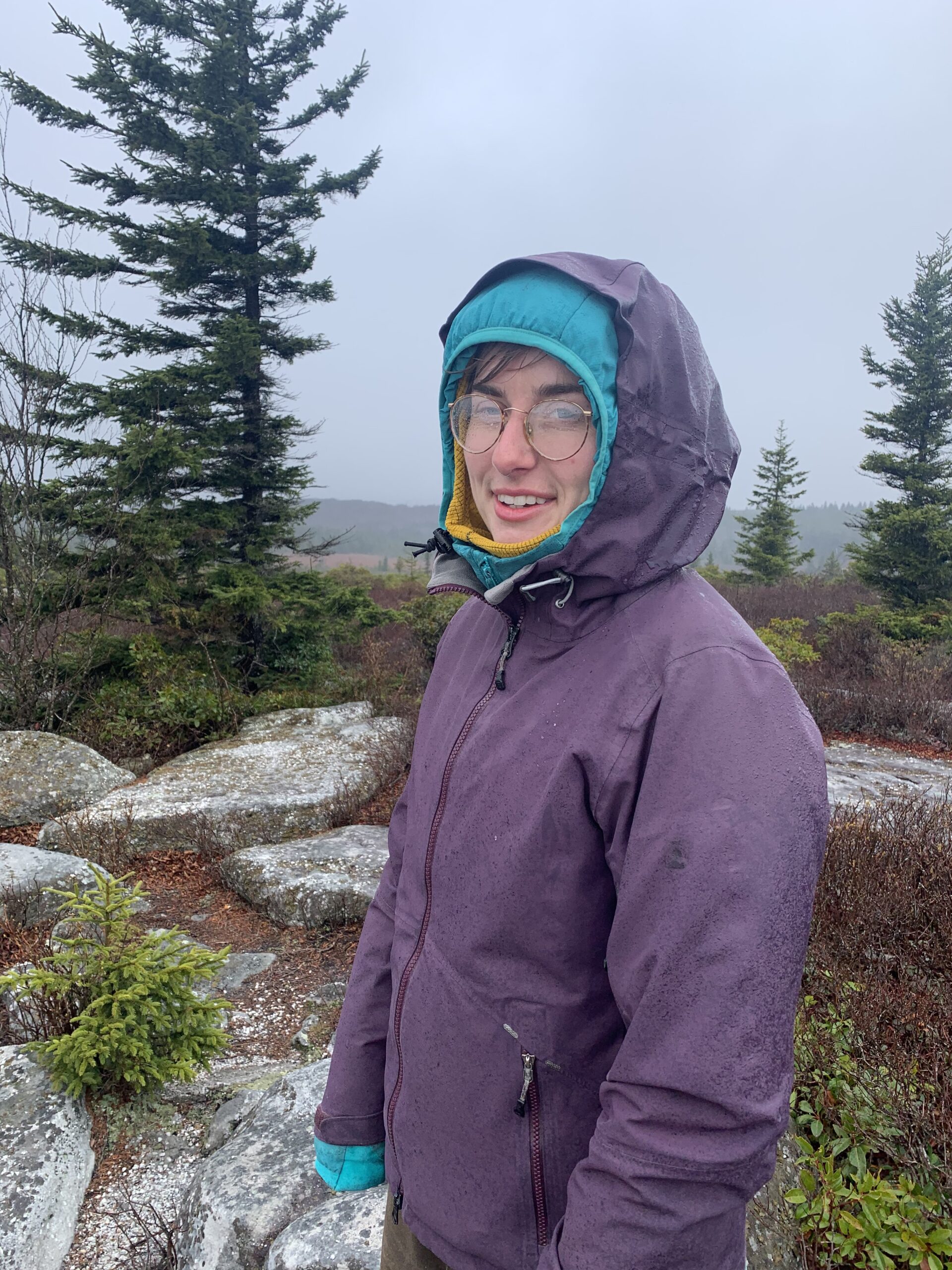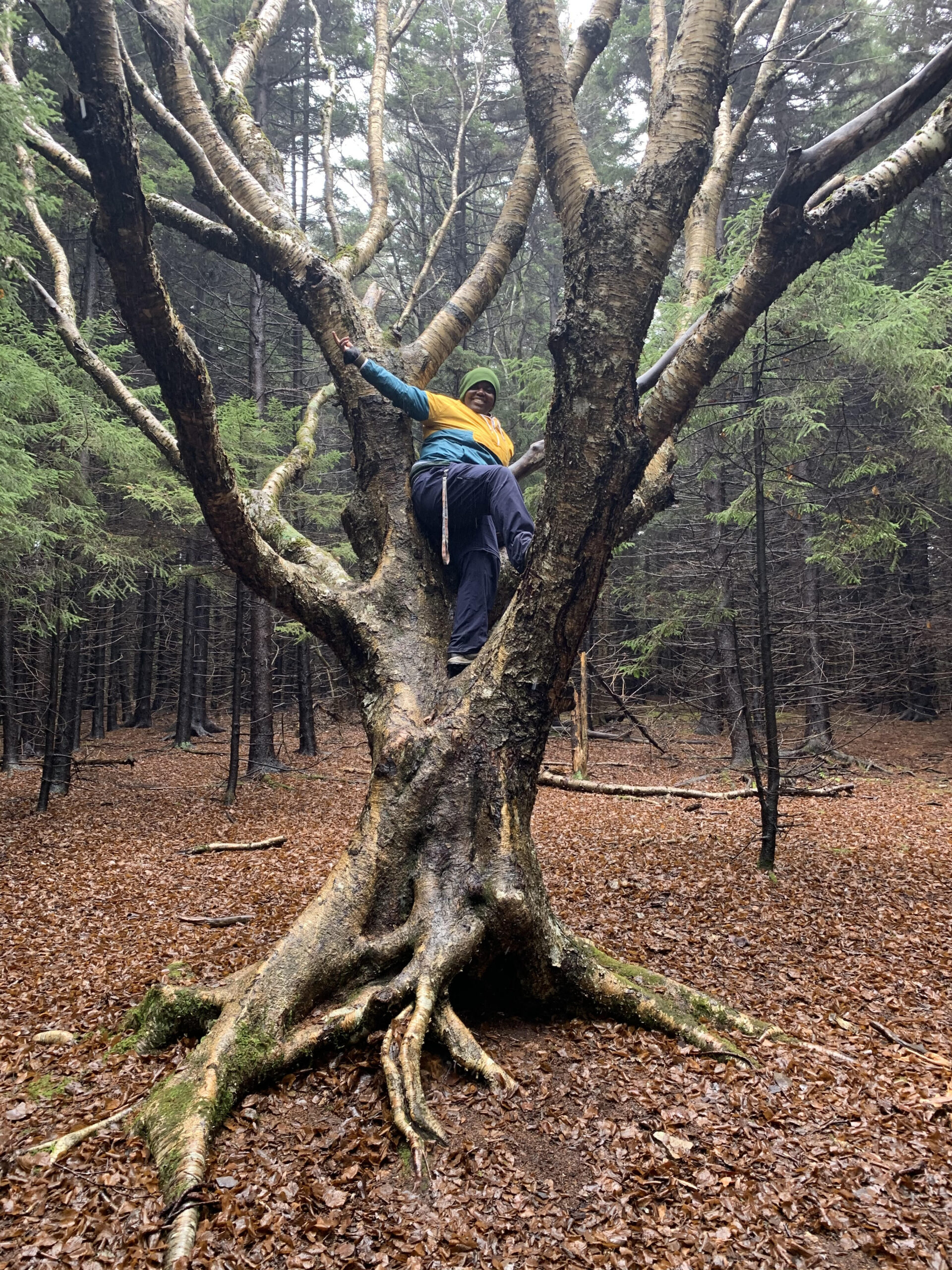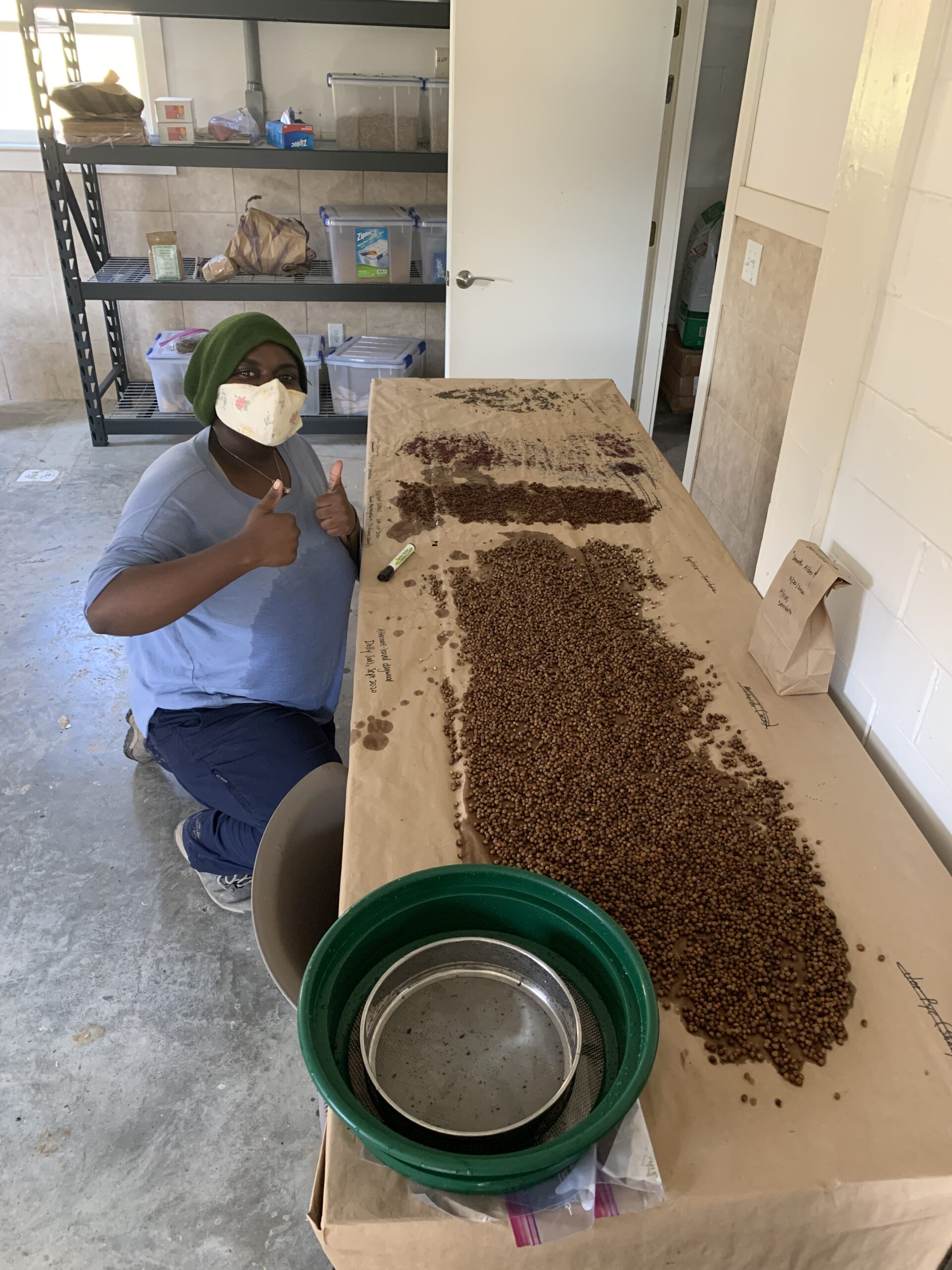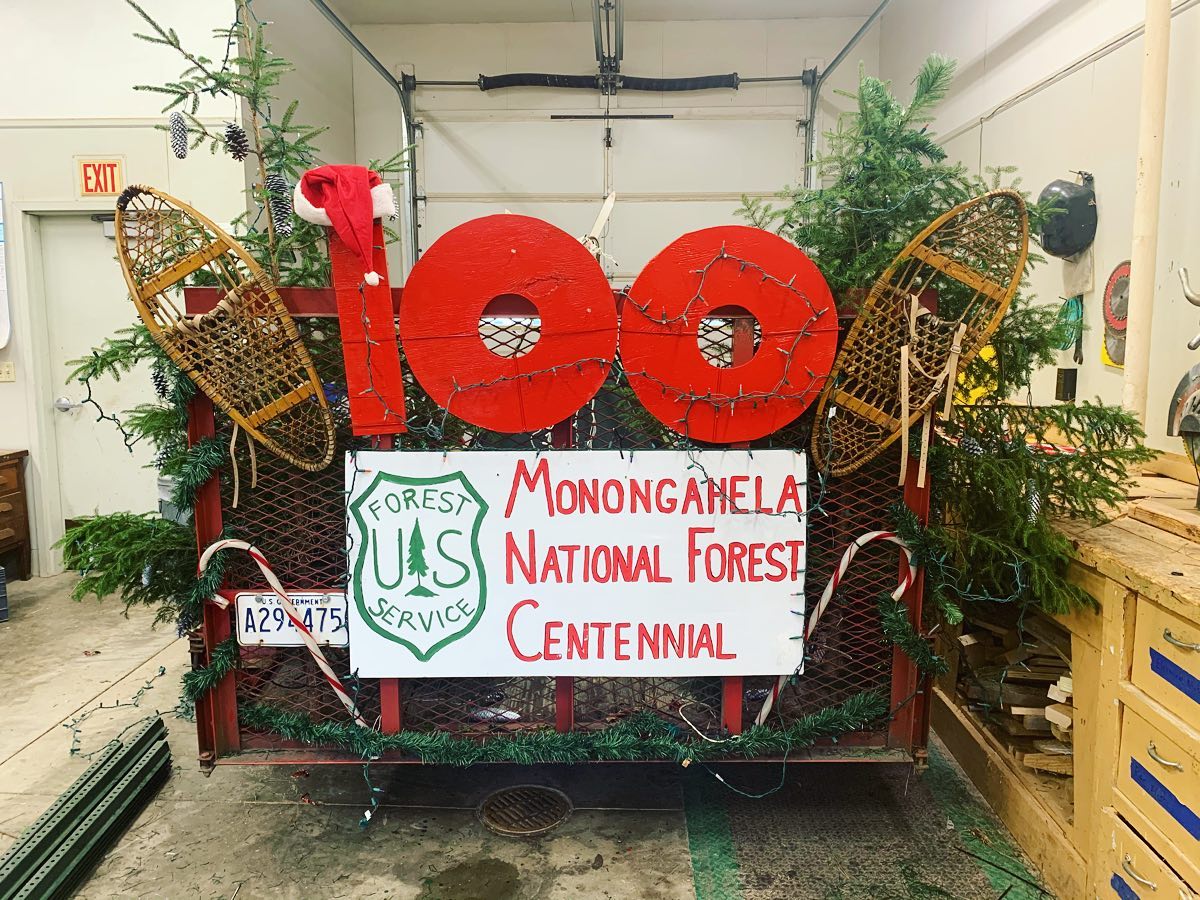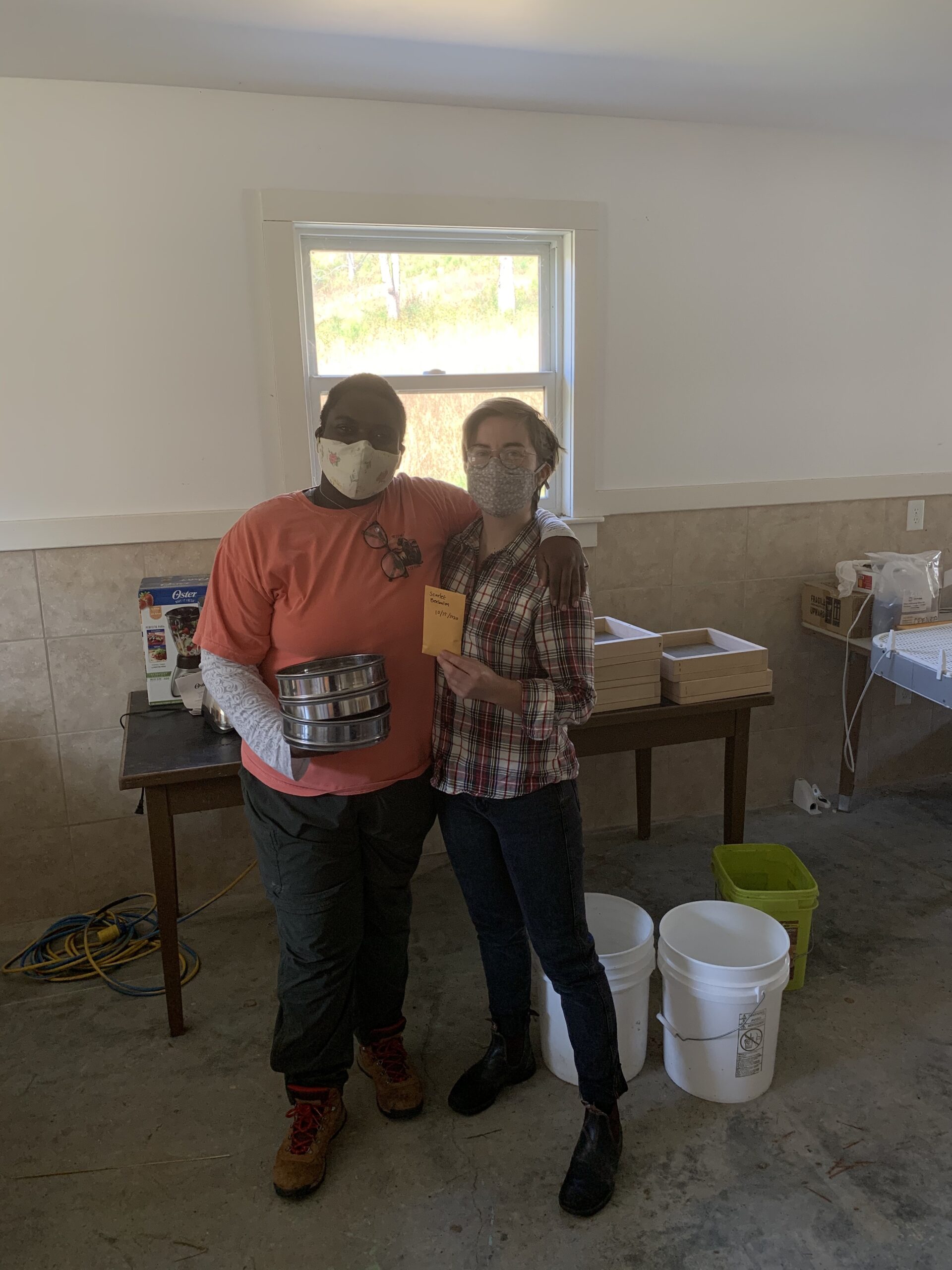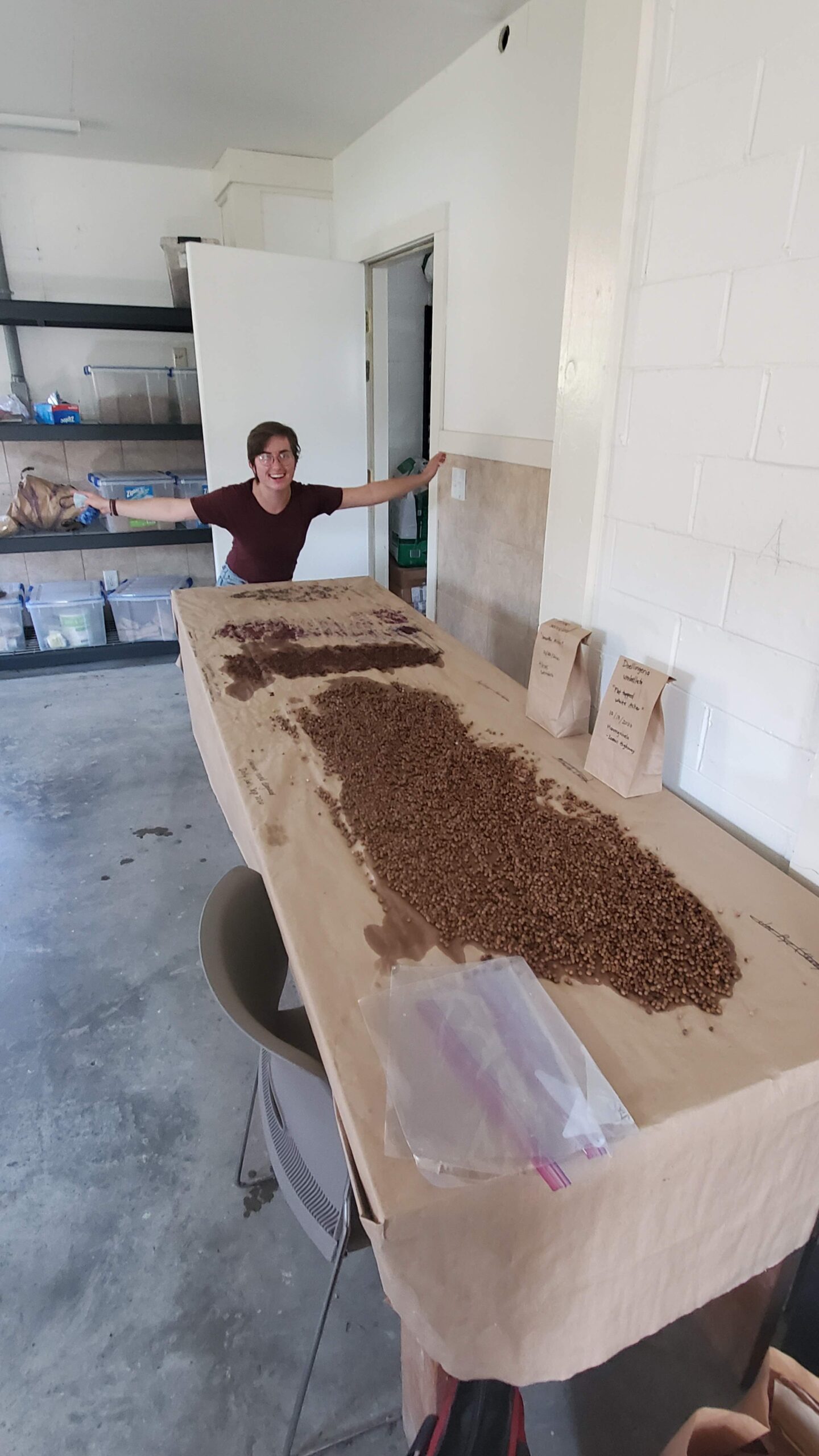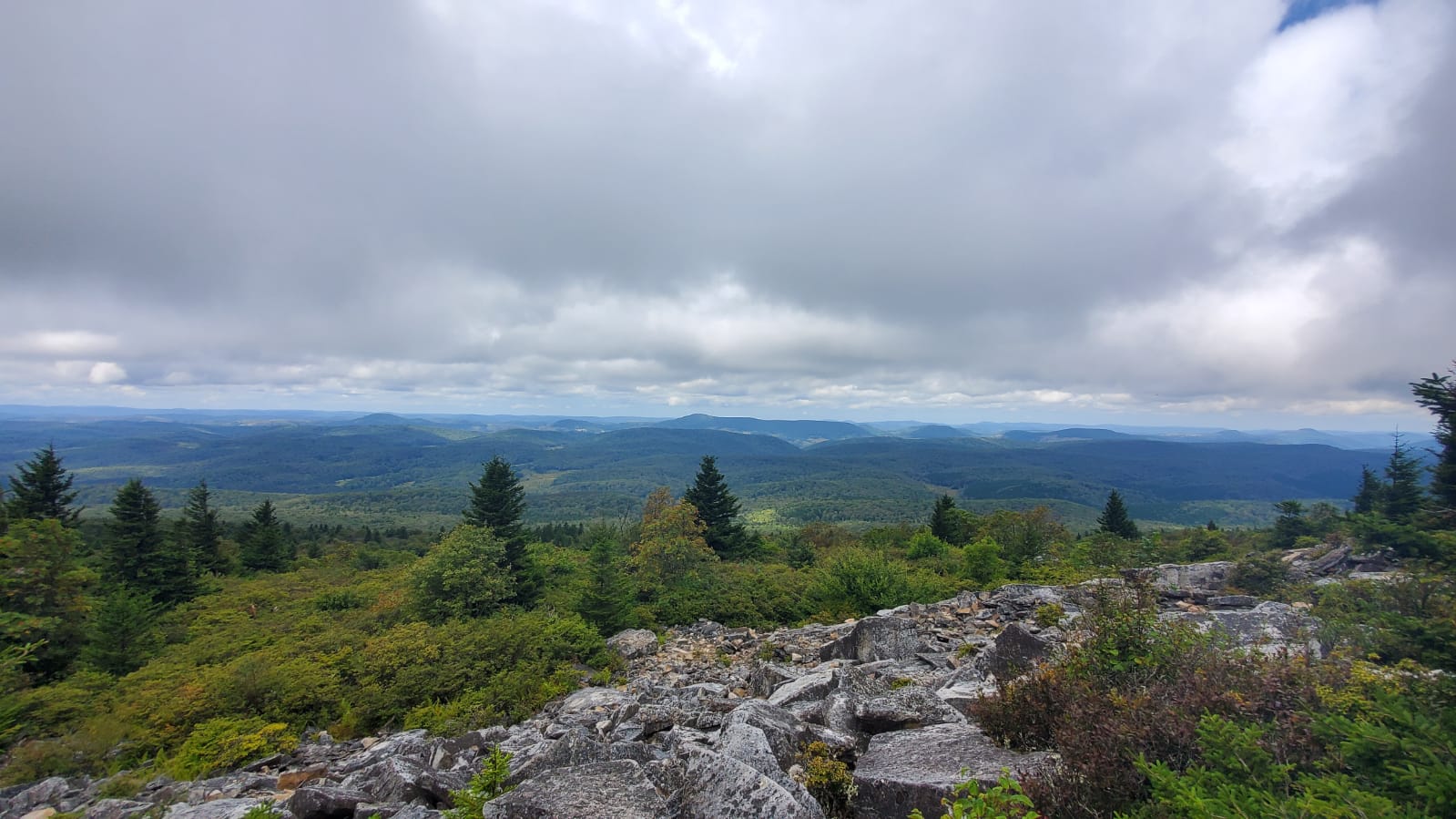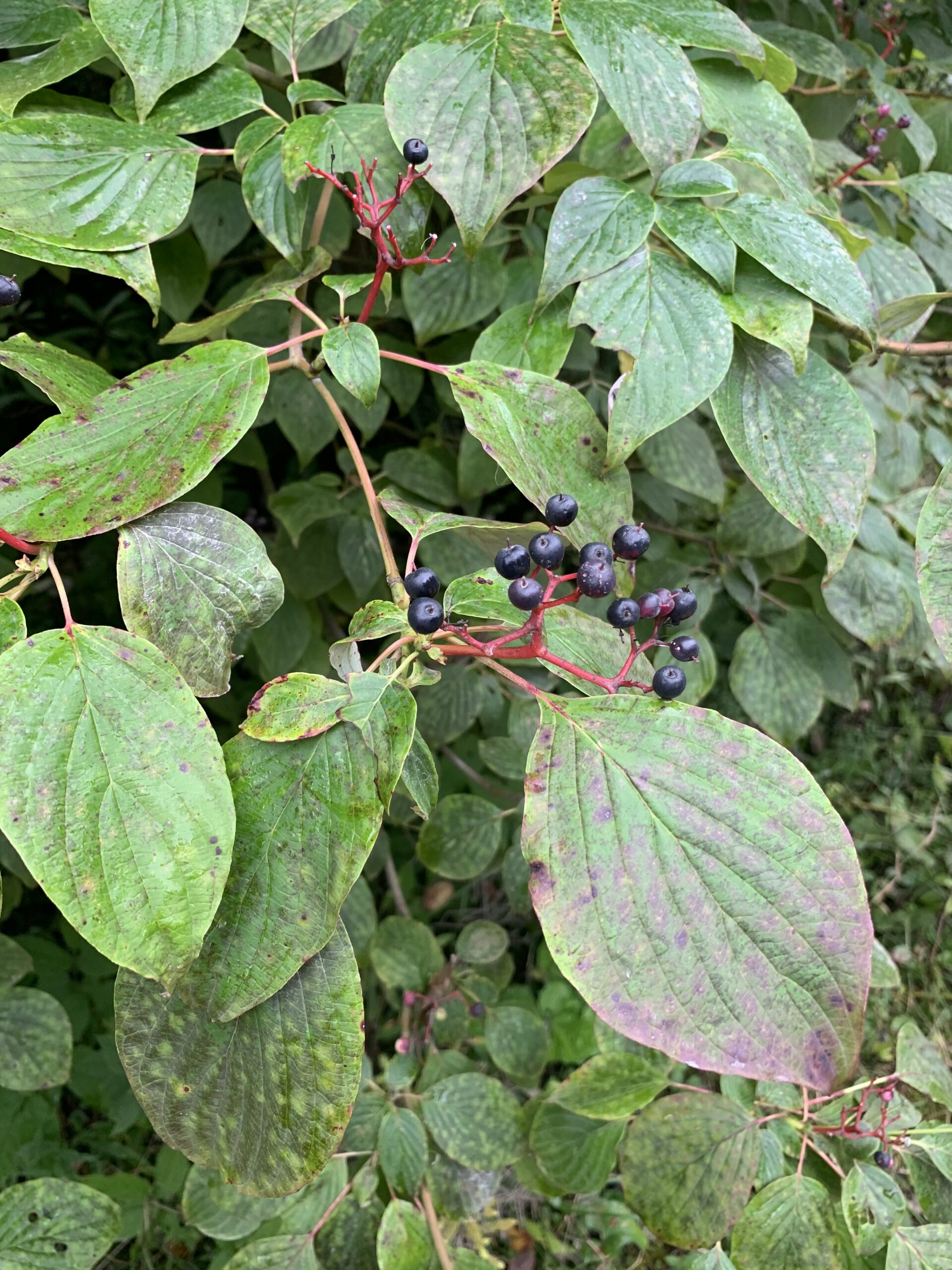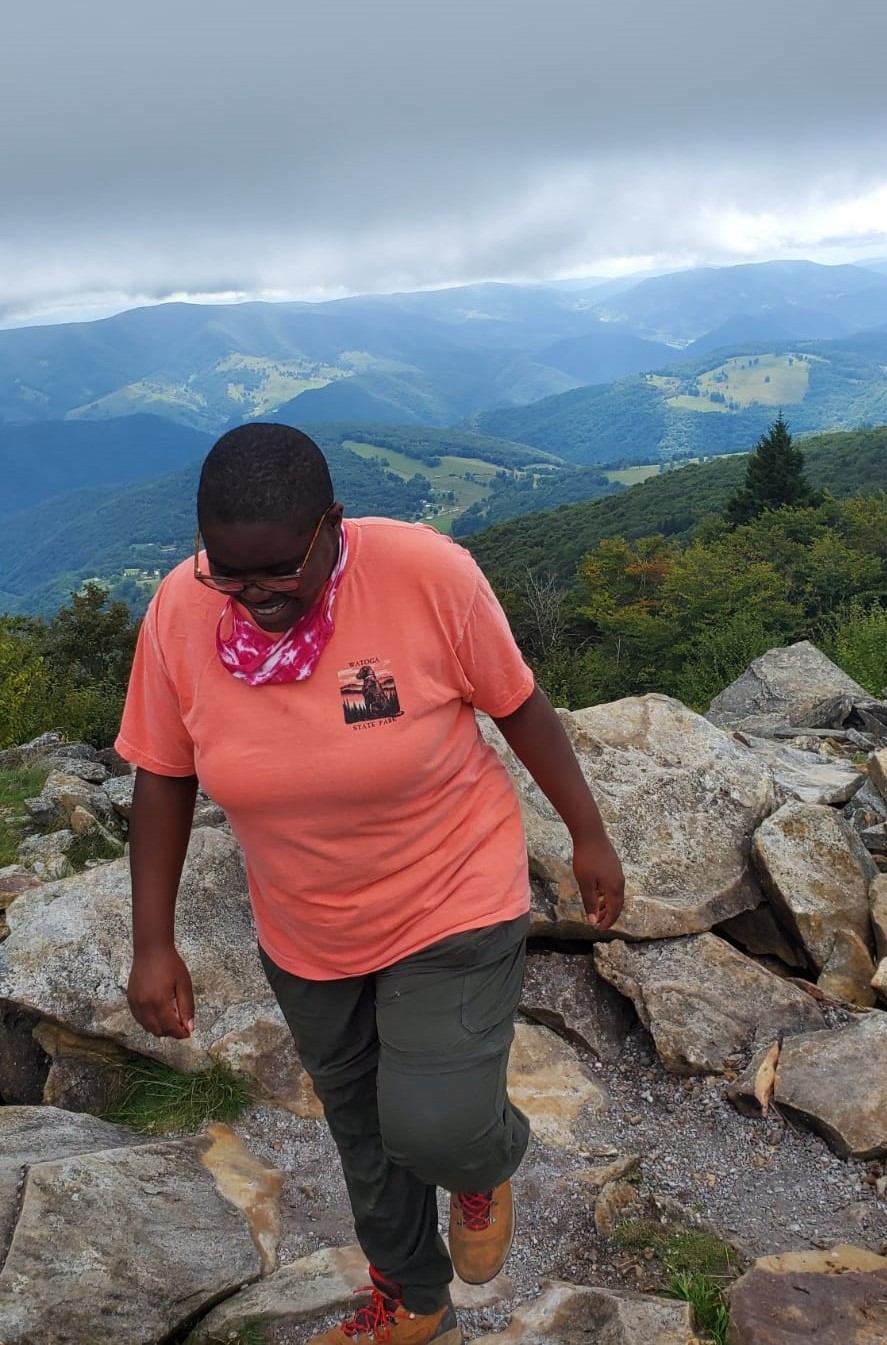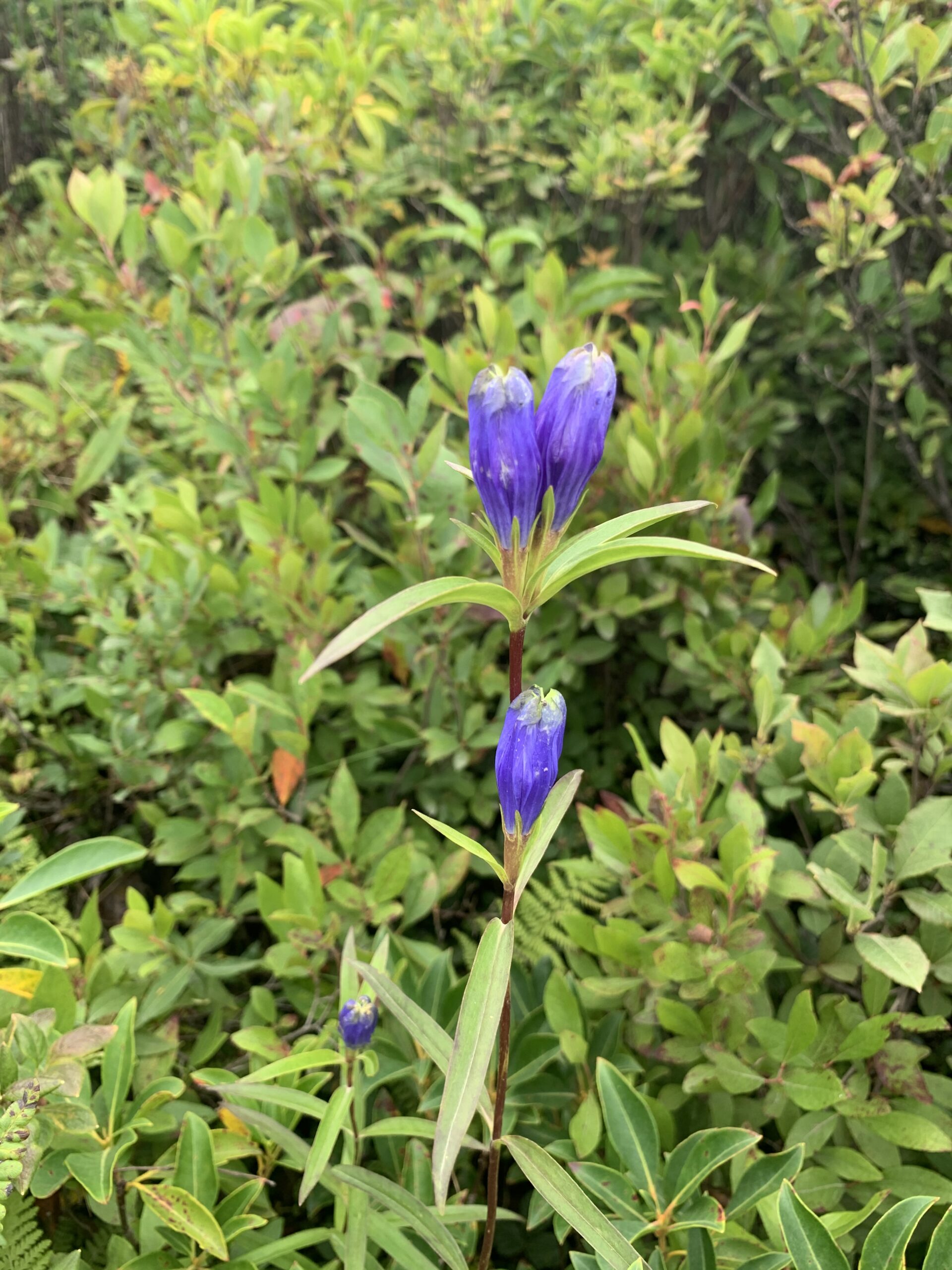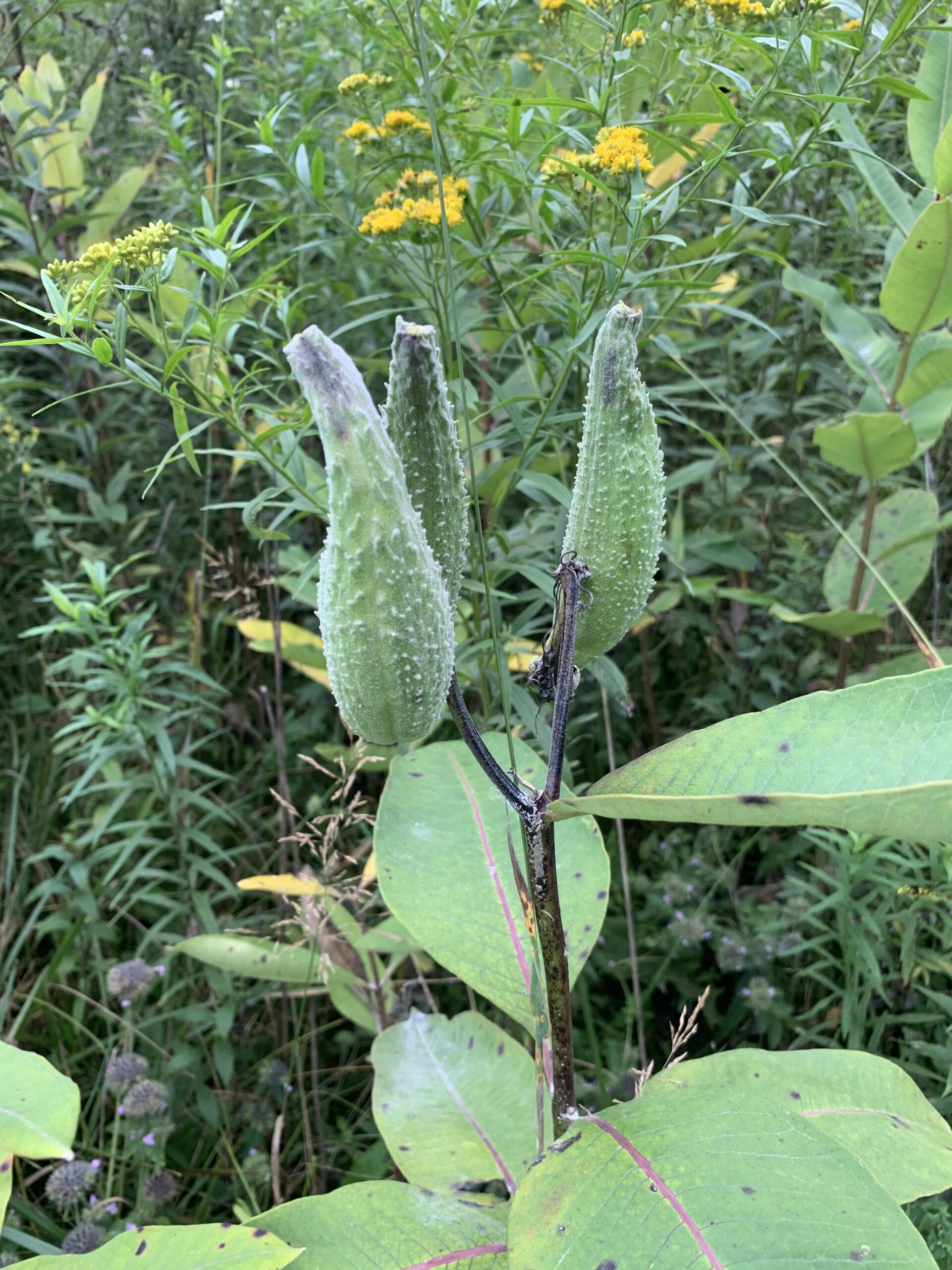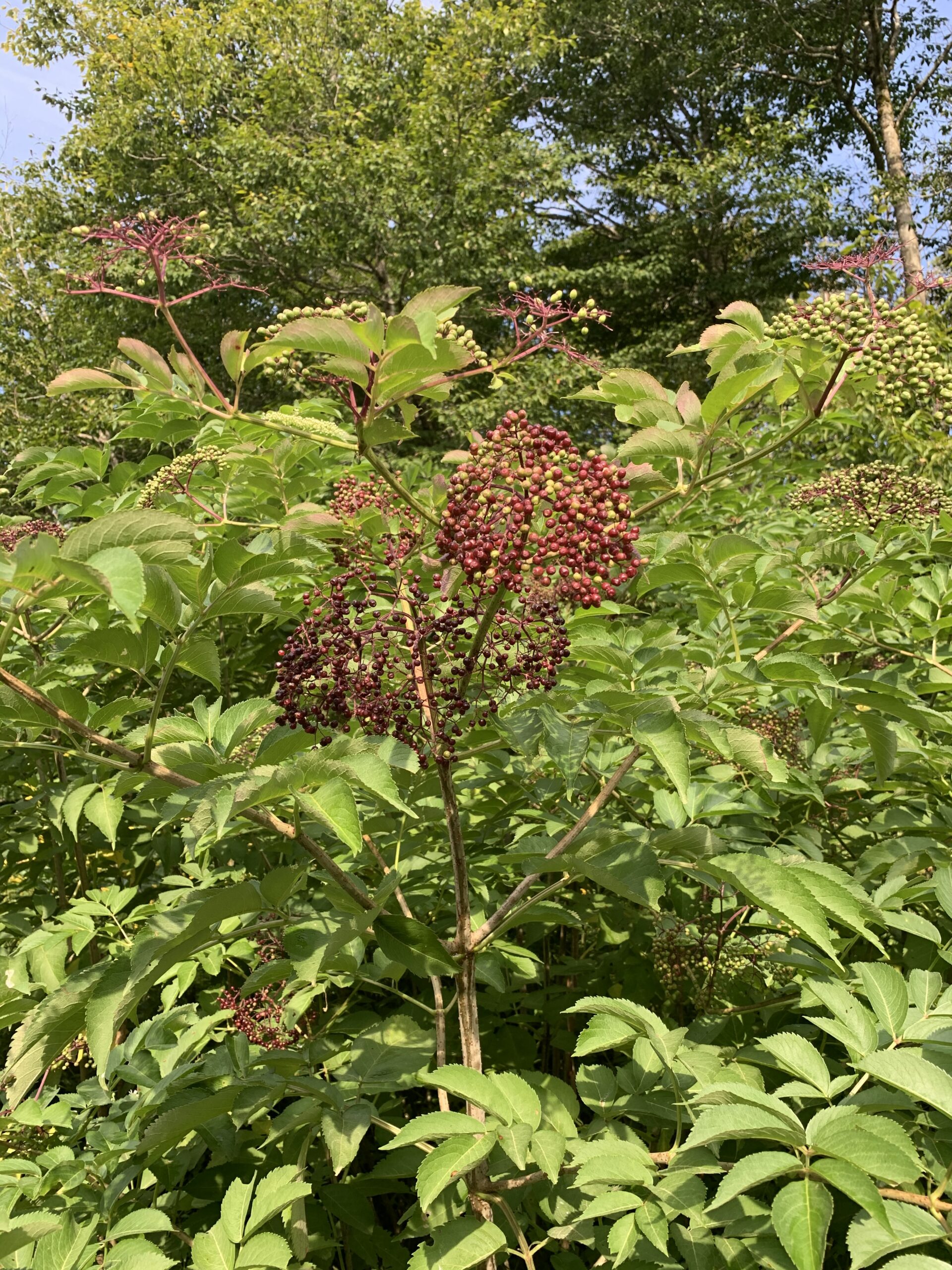
A MOMENT IN TIME
In the time that I’ve been in Marlinton, West Virginia, I have learned so much about myself. And I’ve been able to challenge many of the thoughts and ideas that I had when I first came into this experience. Every single day, I grow more and more in love with the person that I am becoming, my true self. About two and half years ago (my last semester as a junior in college), I thought I’d take a gardening course because it sounded like fun and I wanted a break from the animal science course load. I had convinced myself for so long that I wanted to be a veterinarian. So, when that dream started showing cracks and I didn’t know how to fix it, I felt utterly lost and hopeless. Little did I know, when I took that gardening class, that the trajectory of my entire life would shift so abruptly and yet so perfectly. As serendipitous and exciting as it felt to realize my passion and to change my major, it was nerve-wracking to tell my family. A part of me wishes that my past self had a glimpse into my life now as it would’ve calmed the uneasiness of telling them. As stressful and disheartening as it was, I’d go through it all over again just to be where I am today.
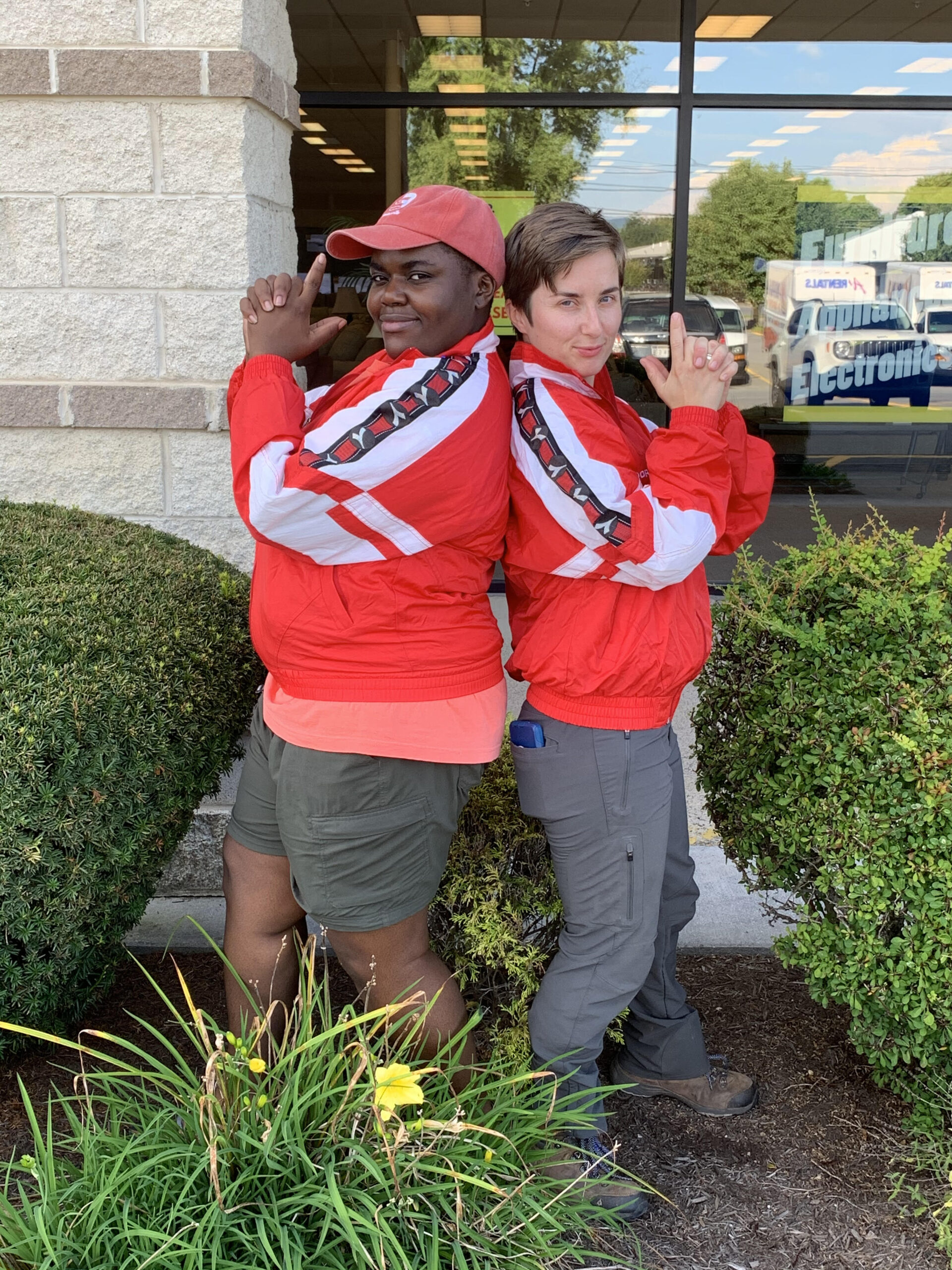
Caroline and I on our first outing to Lewisburg, a town an hour away. 
Gleefully picking elderberry 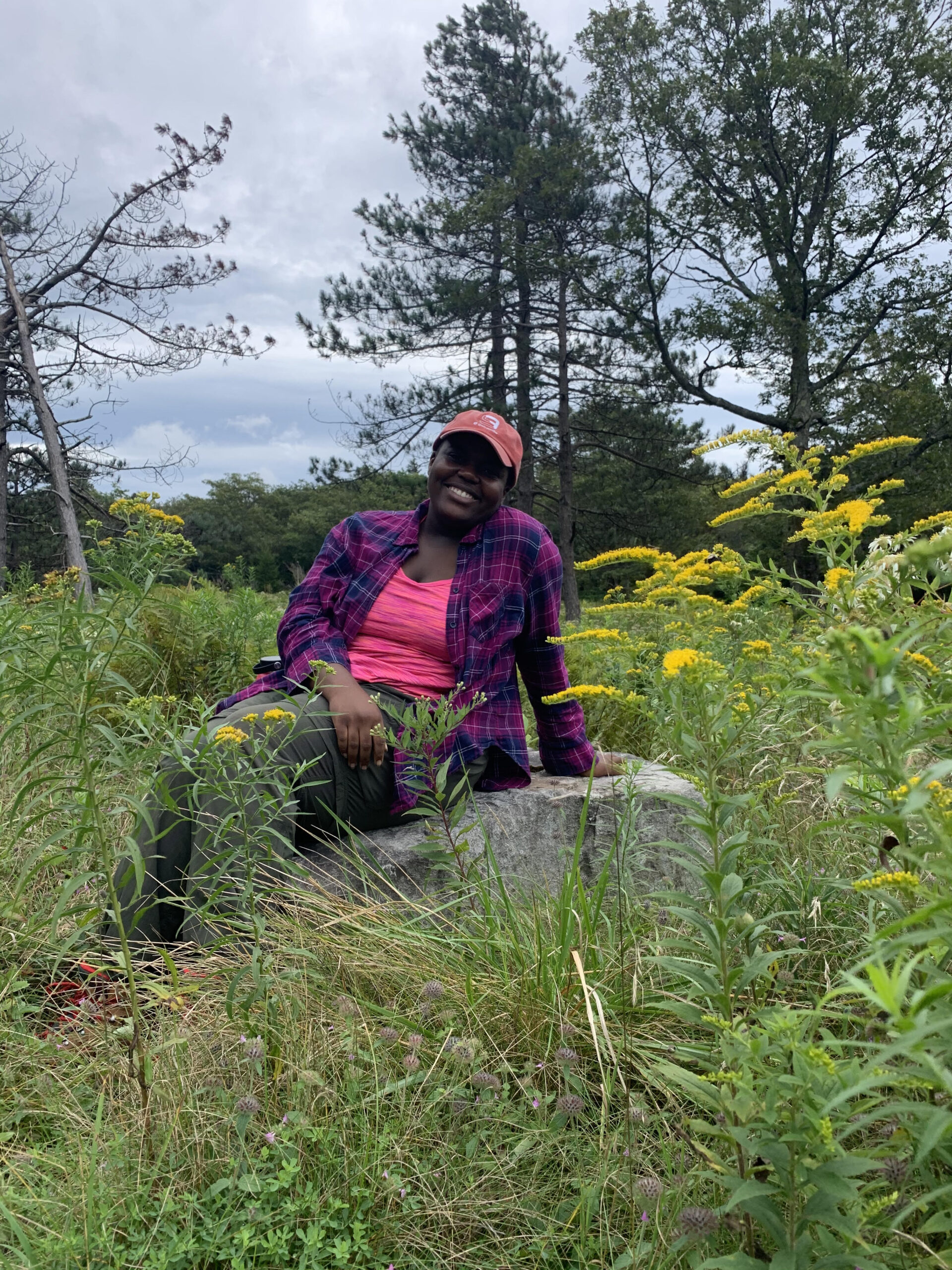
First trip out to Dolly Sods with Todd Kuntz 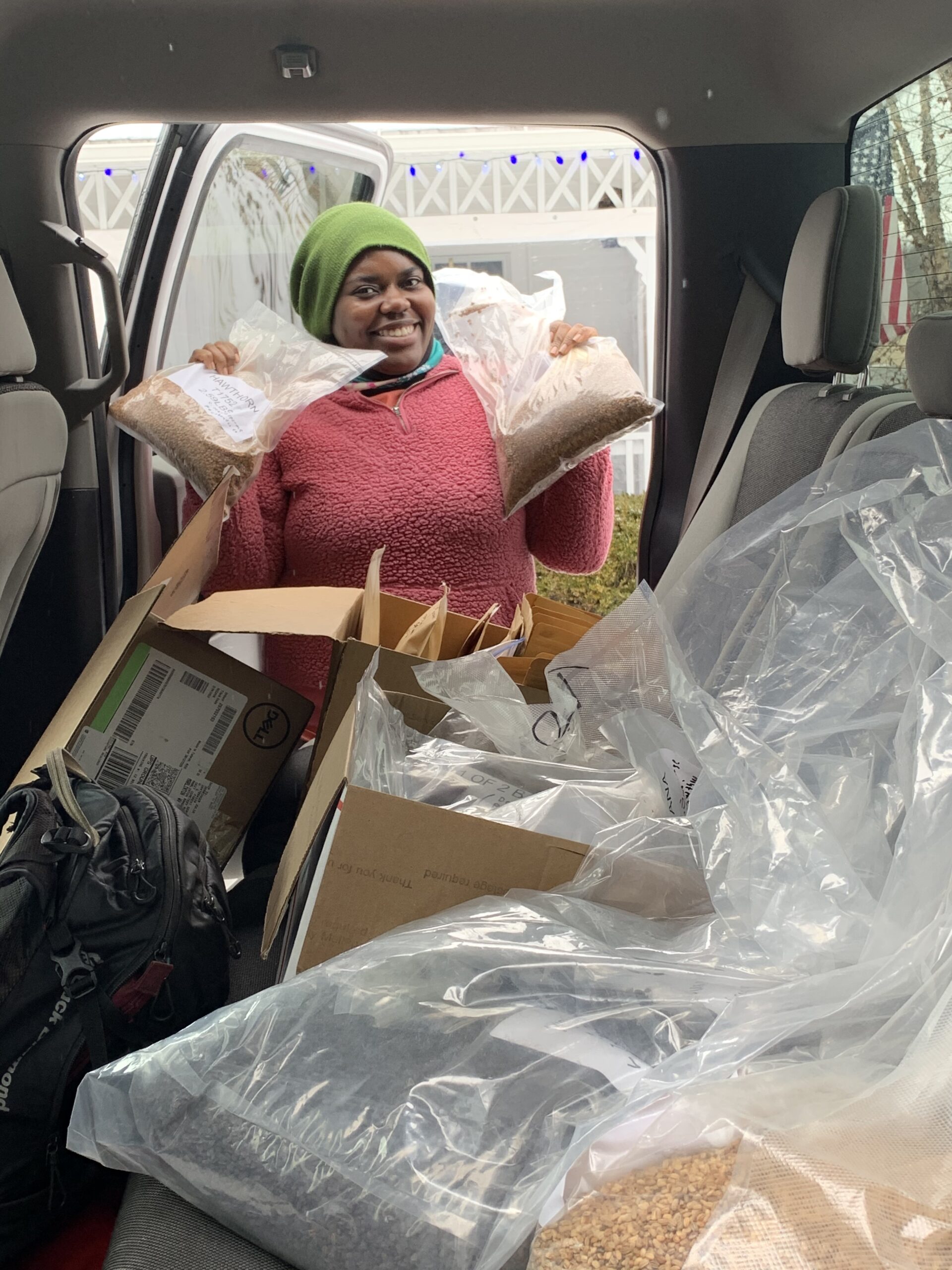
A backseat full of seeds. This was right before handing over our last bit of seeds to Morgan at Appalachian Headwaters.
MY CHOSEN FAMILY
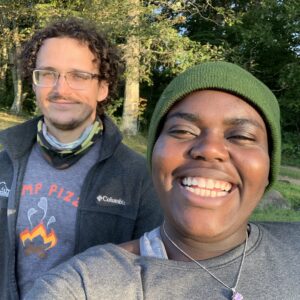
Through my time here, I had been able to establish and nurture unique relationships with the people around me. From those that I worked with in the forest service to my co-intern, Caroline, and my numerous roommates.
However, the greatest connection that I made was with my roommate, Michael. Being the incredibly funny and cool guy he is, it was inevitable that we would be good friends. Our personalities clicked so well and felt complementary to each other that he quickly became one of my best friends and also like the big brother I’ve always wanted.
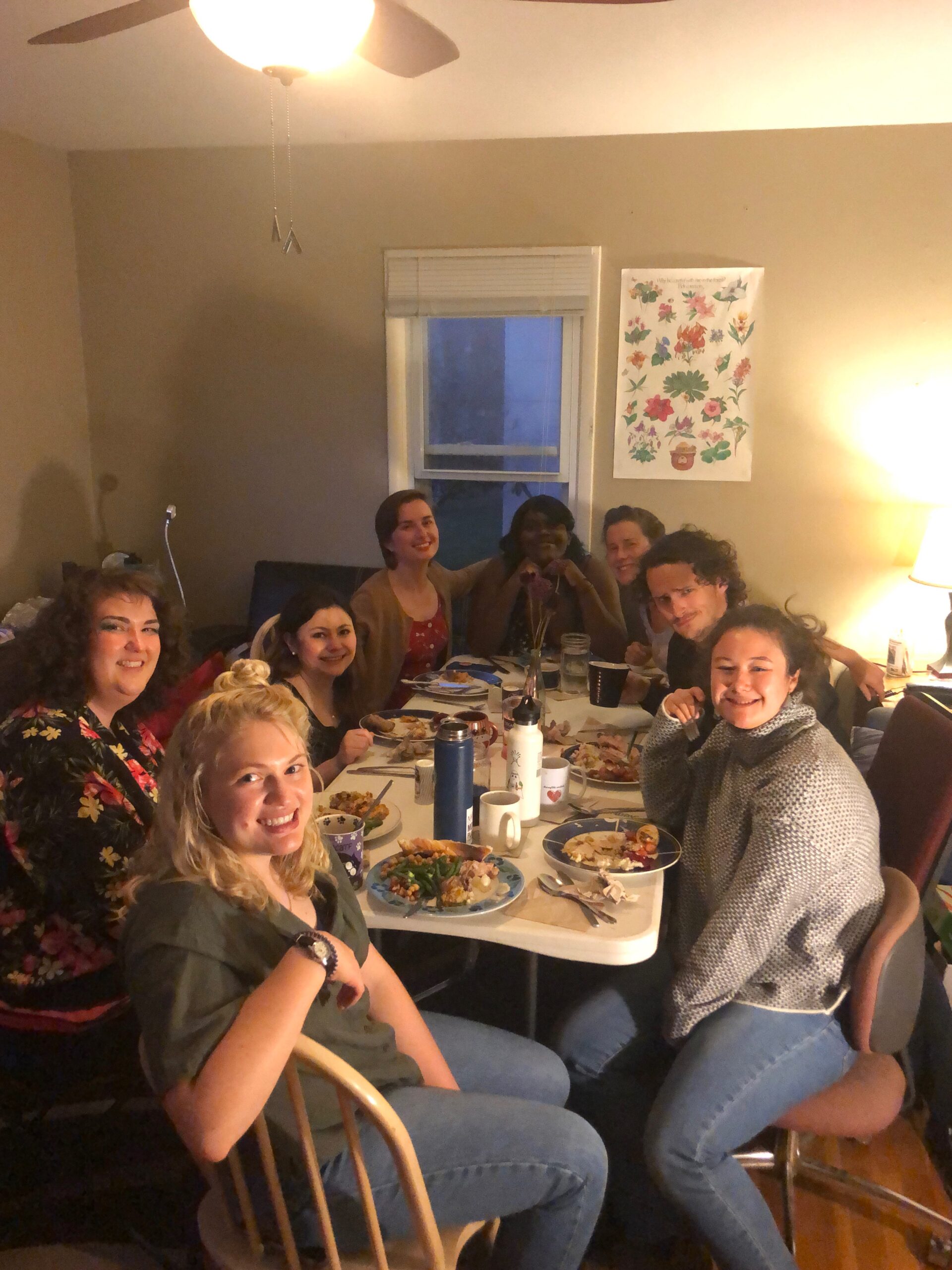
I find it necessary to highlight and emphasize the relationships that I developed during my program because they played a key role in how positive my experience was.
While I wasn’t subjected to overt racism, I did encounter microaggressions that left me feeling upset, singled out and alone at times. I would be lying if I said that I was surprised by it. It was rural West Virginia after all. Without their love and support, my time in Marlinton might have been sullied by those few awful moments. I feel incredibly lucky to have been surrounded by such kind and compassionate individuals who were always there to listen and be allies.
FINDING MY SPARK
While my many friendships were indeed bright spots in my internship, the work that Caroline and I were able to do brought me excitement and so much pride. After having done one odd job after the other during and in between semesters, I had never known what it was like to do something that gave me purpose. Never had anything afforded me the feeling of being a part something bigger than myself. This program allowed me to grow and discover my spark. A spark that has expanded into a wildfire that fills me and pushes me to do more.
My future feels so much brighter now than when I first got to West Virginia, which feels like a century ago. While I’ve since left the state to spend the holidays with family and to head back to Florida, I’ll actually be returning a lot sooner than anticipated. Just two days before we rang in the new year, I was offered a position with Appalachian Headwaters, a non-profit organization that we worked closely with during our program to process and store our seeds for the forest service! I’ve been buzzing with excitement since and I cannot wait to see what is in store for me.
Signing off
-Ivy

